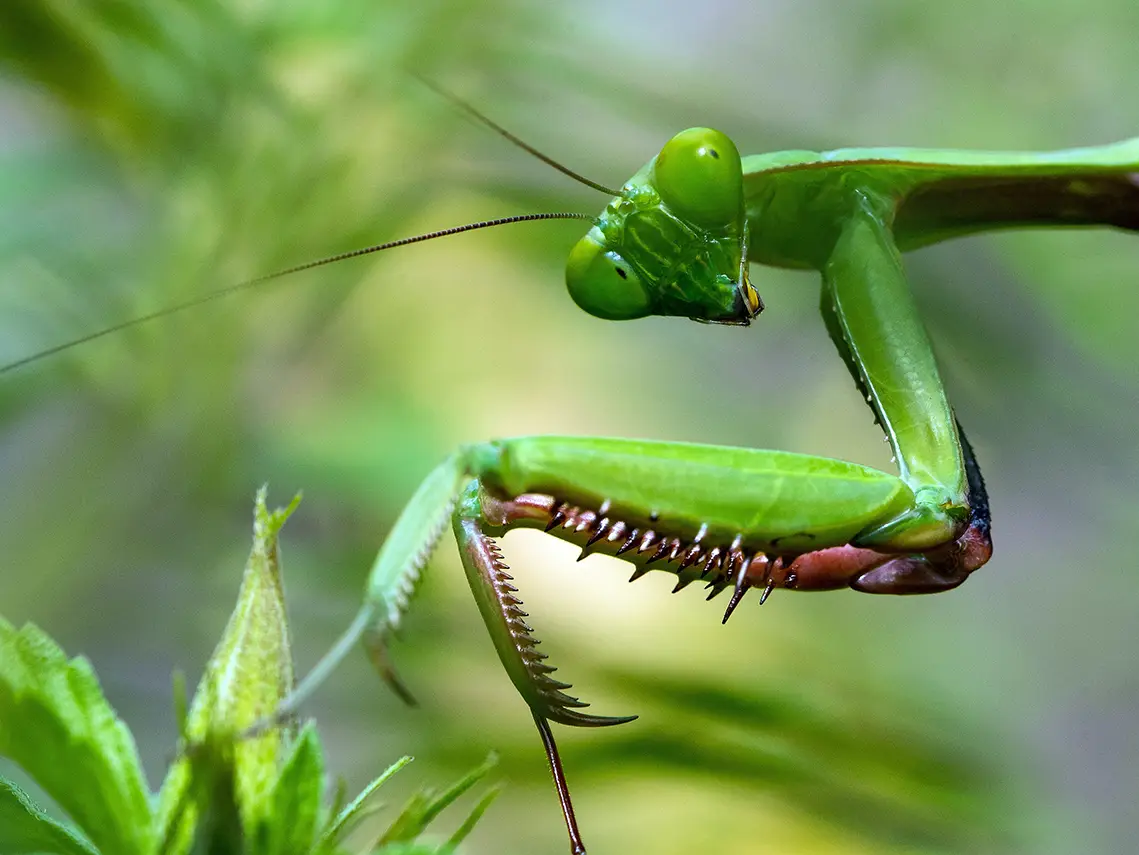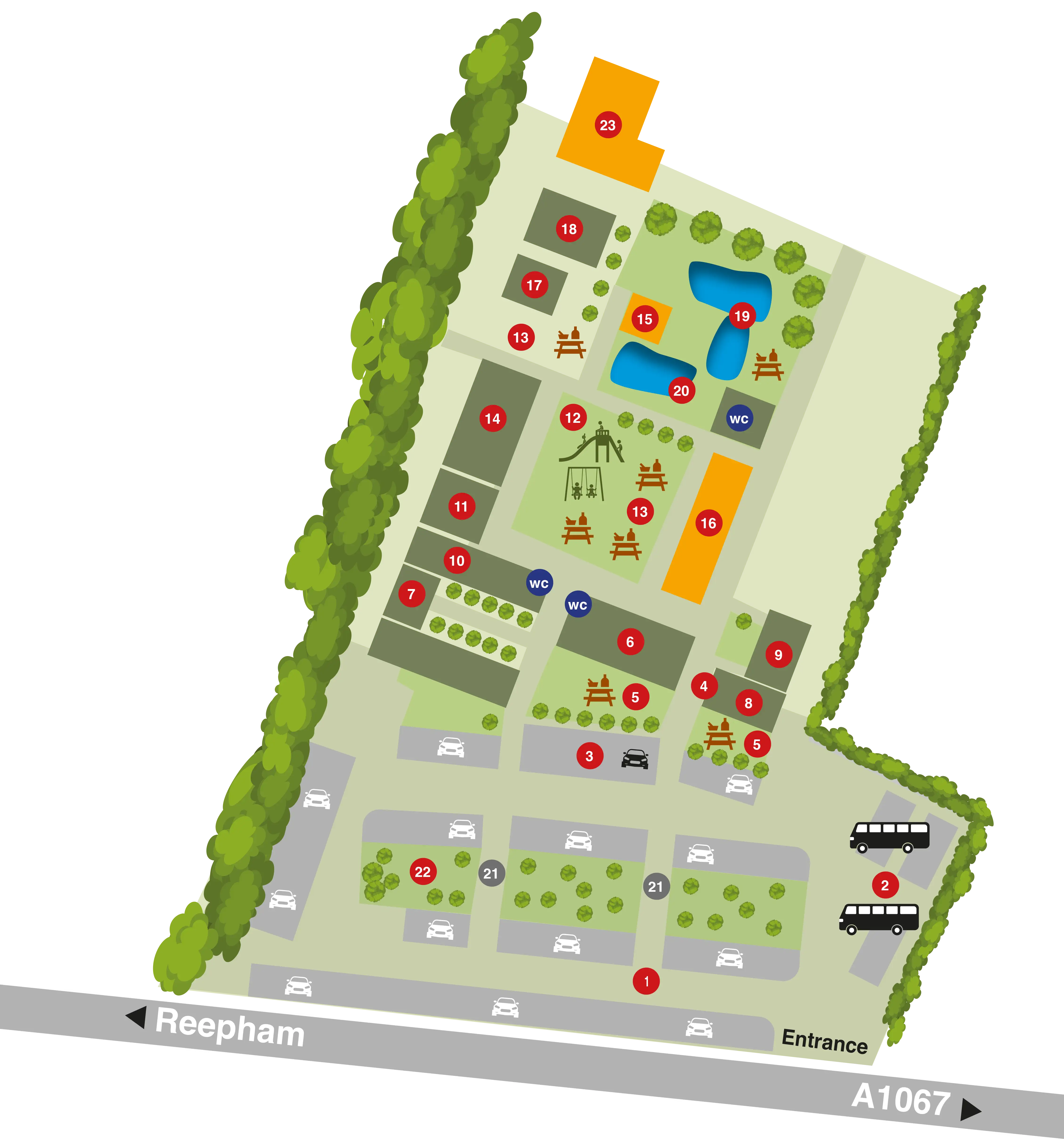Hinton tropical house zones
Welcome to the Hinton Tropical House, where you can explore seven different zones, each with its own theme and attractions.
Zone 1
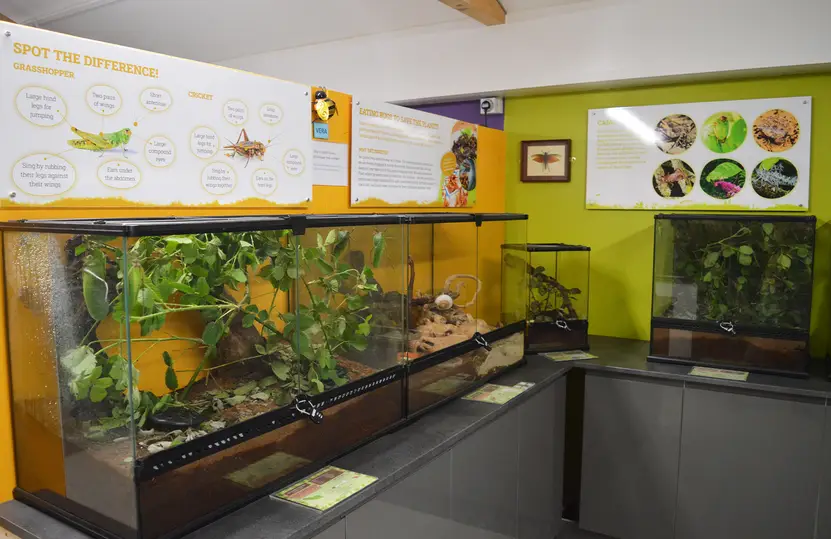
Grasshoppers, katydids and crickets
Let us introduce the order Orthoptera, which includes insects that have powerful hind legs for jumping and produce a characteristic chirruping sound by rubbing body parts together. Learn about their habits, diets and roles in nature.
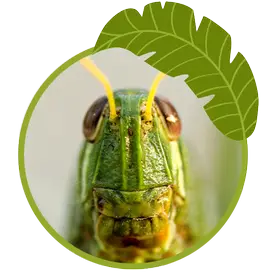
Grasshoppers
Large grasshoppers can jump between 10 and 20 times its body length without the help of its wings!
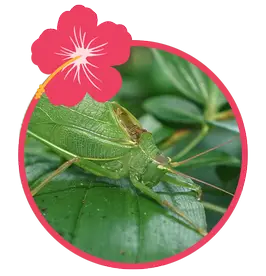
Katydids
In all species of Katydid, the front wings have special structures that can be rubbed together to make sounds. They hear these sounds with flat patches on their legs that act as ears.
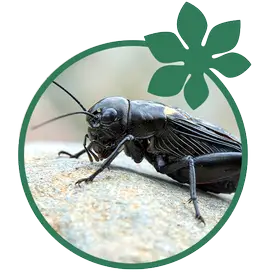
Crickets
The collective noun for a group of crickets is an orchestra!
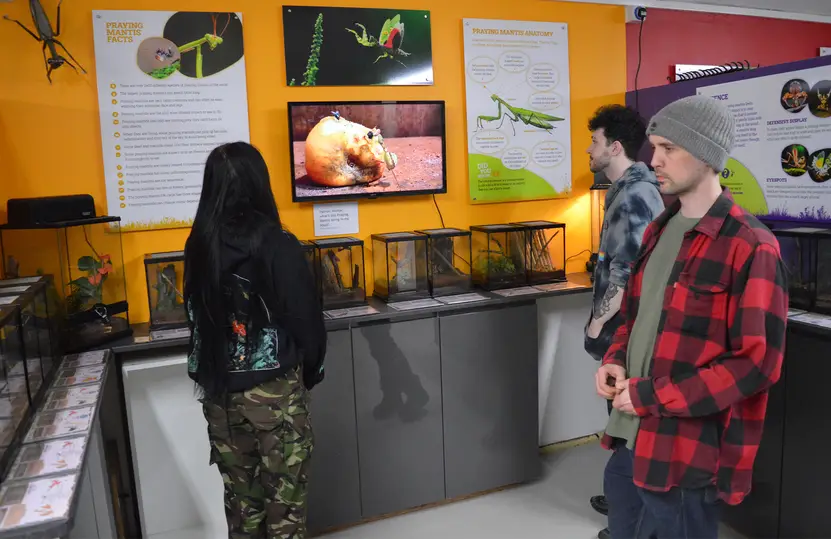
Praying mantis
Admire the fascinating predators of the order Mantodea, which are known for their prayer-like posture and their ability to turn their heads 180 degrees. See different species of praying mantis and learn about their anatomy, behaviour, reproduction and camouflage.
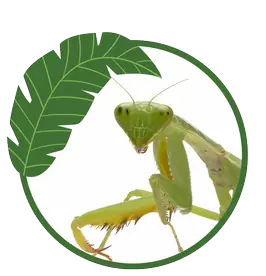
Praying mantis
Praying mantis can turn their heads a full 180 degrees! All mantises have two eyes, but only one ear. Female mantises sometimes eat their mates!!
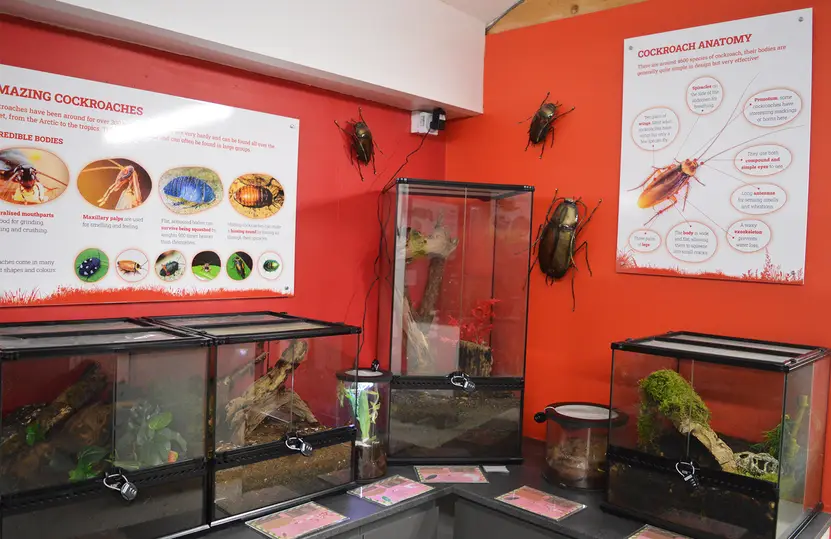
Cockroaches, assassin bugs, leeches and giant water bugs
This zone is dedicated to some of the most diverse and adaptable invertebrates in the world. You can see cockroaches of various sizes and colours, assassin bugs that use their piercing mouthparts to inject venom into their prey, blood sucking leeches and giant water bugs.
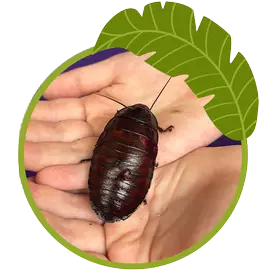
Cockroaches
Cockroaches can live up to a month without food and up to a week without a head!
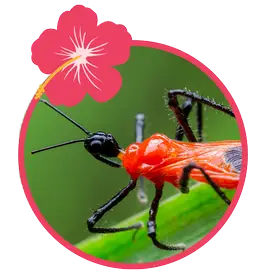
Assassin bugs
Assassin bugs are also known as kissing bugs for their unpleasant habit of biting sleeping humans on the lip!
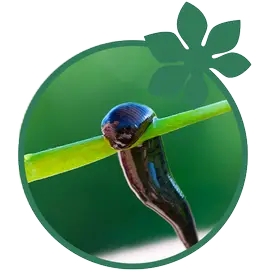
Leeches
Leeches have 10 eyes, but they have poor eyesight. Some are still used in medical procedures.
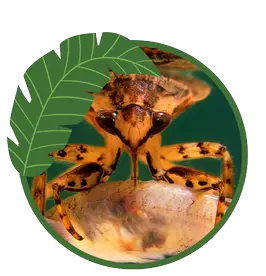
Giant water bugs
In some giant water bug species the female lays her eggs on the back of the male, who then carries the eggs around until they hatch.
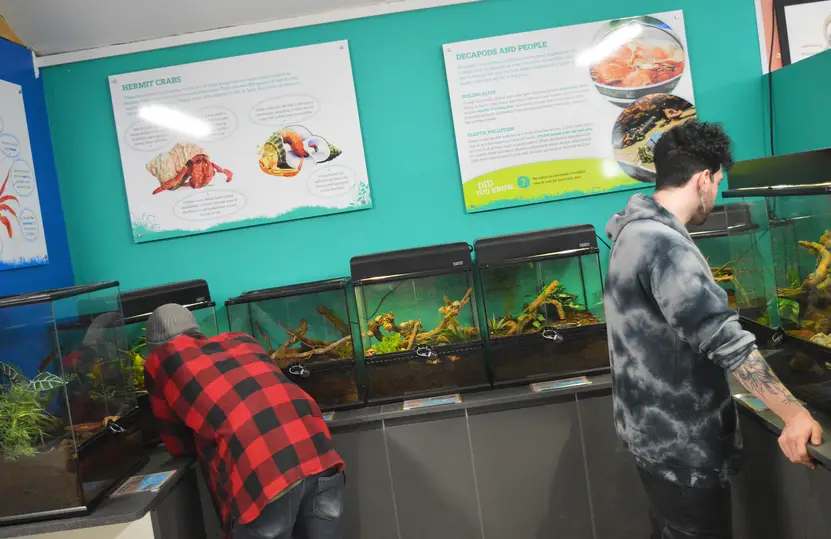
Snails and crabs
Explore the alien world of molluscs and crustaceans, two groups of invertebrates that have shells or exoskeletons to protect their soft bodies. You can see snails of different shapes and patterns, and crabs of different species, some of which are predators or scavengers.
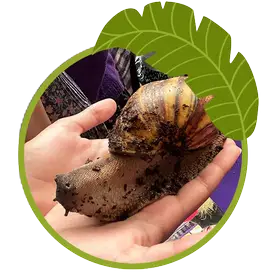
Snails
Snails are born with shells. If well looked after, snails in captivity can survive for nearly 25 years.
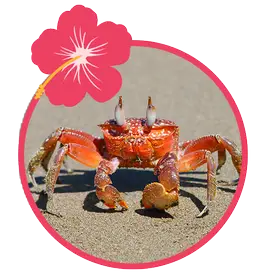
Crabs
The Pea Crab is the smallest known species of crab. It measures between 0.27 and 0.47 inches long.
The Japanese Spider Crab is the biggest species of crab, measuring about 12 feet between its claws!
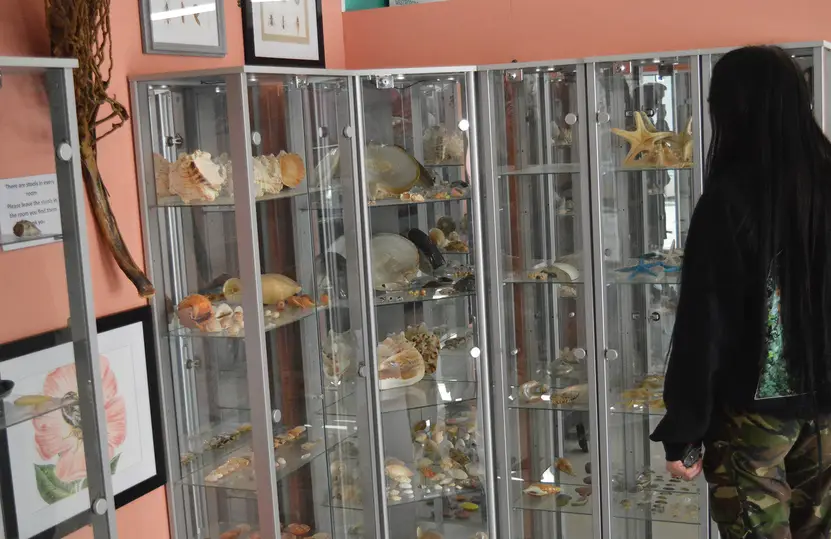
The shell and coral museum
This zone is a showcase of shells and corals from all corners of the globe. You can admire the stunning colours, patterns and shapes of these marine treasures and learn about their life cycle and ecology. You can also compare the different types and species of shells and corals and see how they have evolved over time.
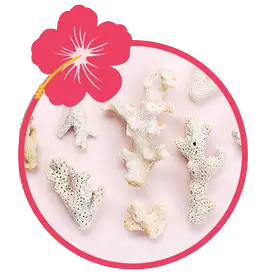
Corals
Corals are animals. Coral reefs play host to 25% of ocean life. The biggest threat to corals is the heating and acidification of the ocean due to climate change.
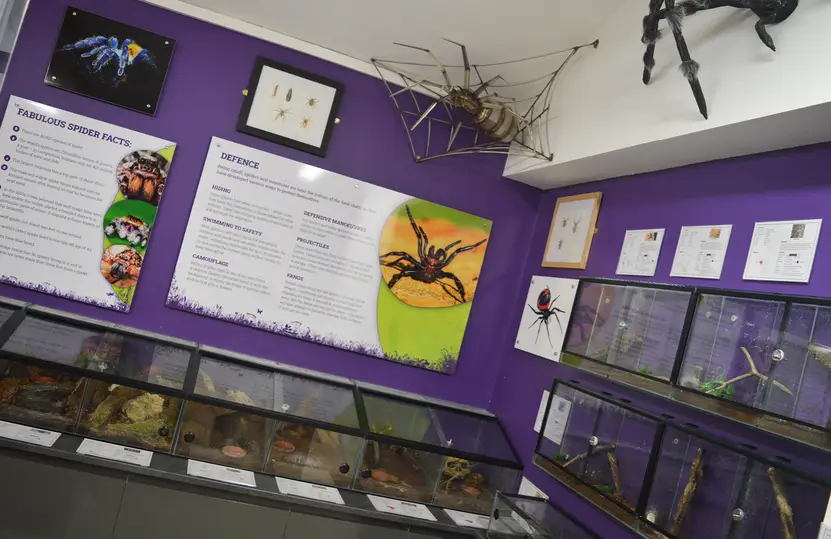
Spiders
In this zone, you can encounter some of the most feared and misunderstood invertebrates in the world. You can see spiders of different sizes, shapes and colours, some spiders are venomous, others are harmless. You can also learn about their anatomy, behaviour, silk production and web building.
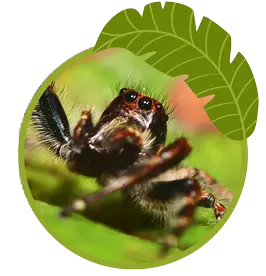
Spiders
Spider silk is strong… stronger than steel at the same width!
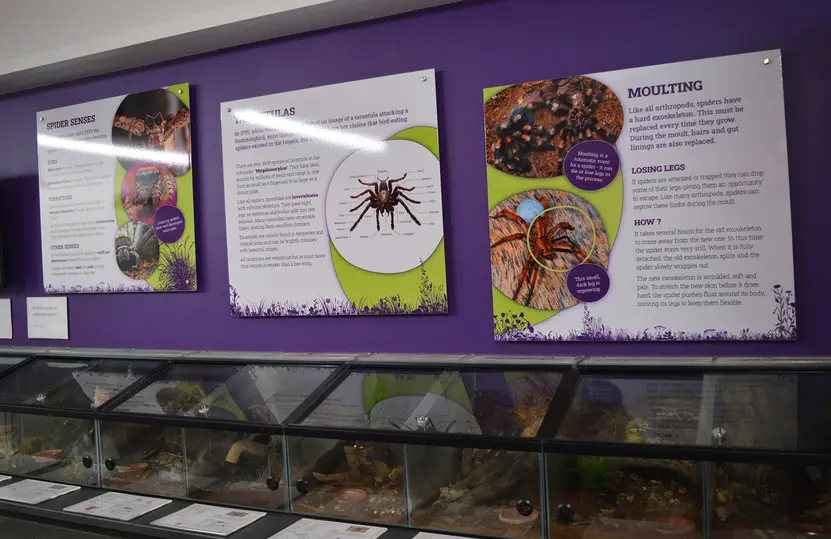
Tarantulas
This zone is reserved for the largest and most impressive spiders in the world. Tarantulas have hairy bodies and striking markings. You’ll learn about their habits, diets, reproduction and defence mechanisms.
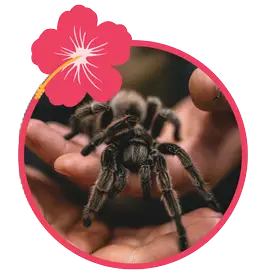
Tarantulas
The largest tarantula has a leg span the size of a dinner plate! Tarantulas have 8 eyes, but despite this, they can’t see very well.
Zone 1
Our other tropical houses
Kirby
tropical house
Includes our ‘Introduction to Invertebrates’ and ‘Night Zone’ exhibits.
Hinton
tropical house
Fascinating shell museum and the spider and tarantula rooms.
Comstock
tropical house
Four more invertebrate rooms including our fabulous leaf cutting ants.
Butterfly
tropical house
Our covered tropical butterfly house features over 30 species.

